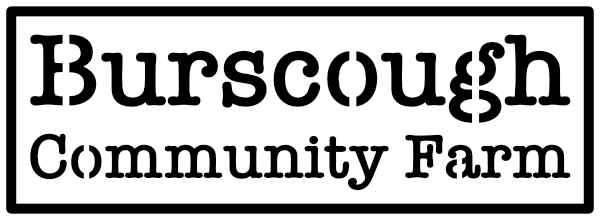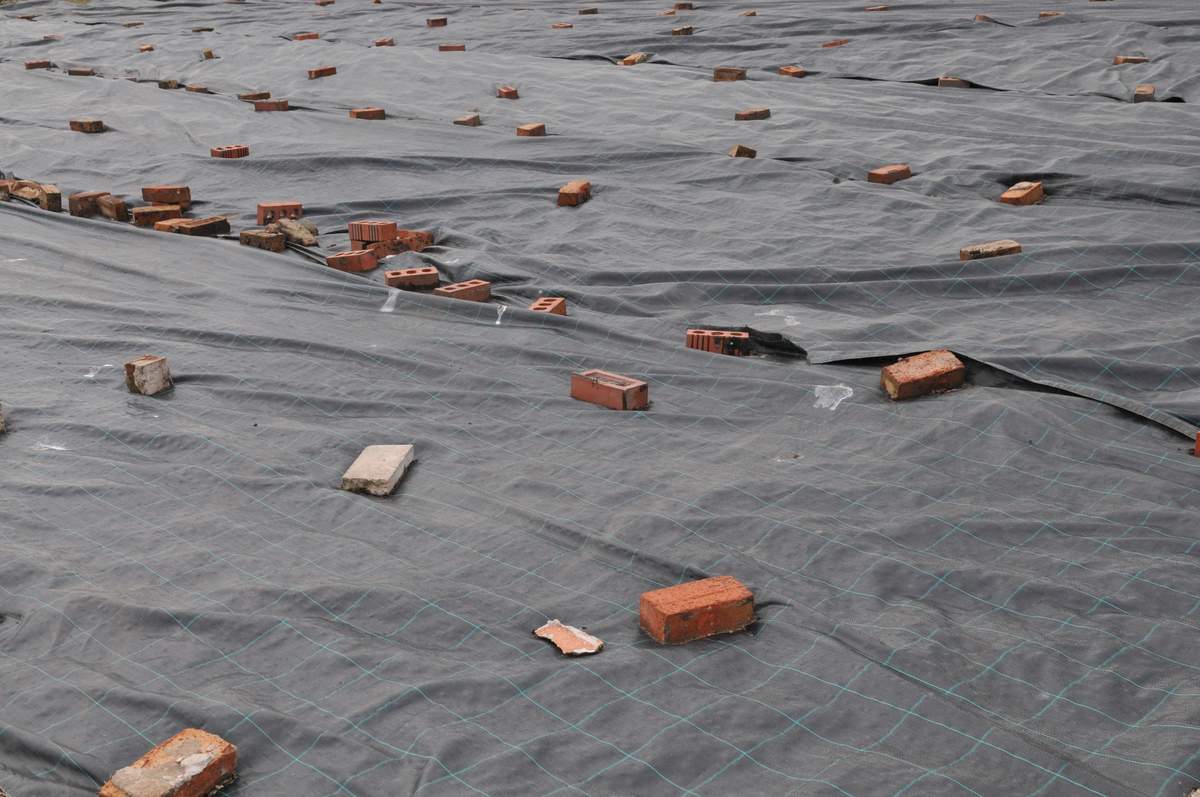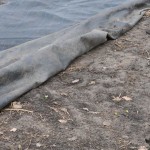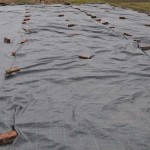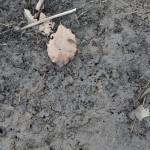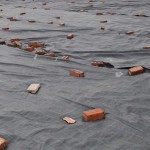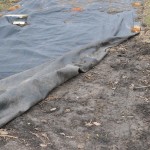- The Power of Darkness
We will be using the powers of darkness this year to achieve our organic growing aims. Well, not so much darkness, but the lack of light. Before you think that I have taken to the occult, I need to point out we are talking of light exclusion to starve weeds of the light they need to make them grow.
This is a technique we have been experimenting with since we started growing on the field two years ago, but this year I want to use it more systematically.
Light is one of the main things that plant life needs to flourish, some seeds need only the briefest flashes of light to trigger germination. A brief view of the sun as the land is cultivated is enough to stir some weed seeds into action. When growing, plants need light to photosynthesise, it’s the battery for their motor; without it they eventually wither and die.
Growing organically, weeds are our biggest enemy. They cause the most damage to crop yields and they take up the most effort and time to deal with. We don’t have the option to spray with herbicide so we have to be resourceful.
Growing on a market garden scale, using weed suppressant fabric (our ‘black magic’) becomes a useable tactic in fighting the weeds. It wouldn’t be an option for our large scale farming neighbours. Working only a couple of acres of ground means that it is feasible to keep up to a quarter of the ground covered and excluded from light at any one time.
Moving the sheets of black woven plastic around takes time and often requires a group effort, but once in place it can be silently working away doing its job whilst we get on with other things.
One frustration I often have is the amount of effort it takes to keep a bed free of weeds all season only to see it engulfed as the crop comes to an end. Yes, if you are savvy, you can get green manures such as red clover sown in between the growing crop. This then takes over and smothers out any new weeds before they get established. But this technique takes great timing and luck with the weather to get the cover crop established at precisely the right time. This is something that has eluded me so far, I will keep trying.
Using the light exclusion technique, it is possible to cover ground as the crop is harvested and cleared. Carrots and potatoes are perfect crops to benefit from this technique. As the crop is harvested, the black plastic mulch can be rolled out to follow it down the row, preventing weeds taking over the now clean, weed free ground.
This isn’t all the ground cover technique can achieve though. It has a couple of other magic tricks it can perform.
Because the plastic is black, it catches the suns ray’s and warms the ground and helps stimulate seed germination. This can be good for getting our own crops to germinate, but is also gets the weeds to germinate as well. This can be turned to our advantage. If I work the soil in a bed with the rotavator, new seeds get to see the light and are stimulated into germination. If the bed is then recovered, any seeds that do germinate are encouraged by the warmth, but then cannot break through the plastic. Starved of light, they soon die off. We then take away the fabric to sow our seeds in ground with much less competition.
This can become part of the’ stale seedbed’ technique which lowers the weed burden the ground. It’s a fight we need to keep up with.
Plastic mulch also has the ability to let water through but helps keep the soil underneath moist by restricting evaporation by sunlight and rain. The earthworms living underneath the mulch seem to thrive. Perhaps it is the protection that it gives them from predators or the moist atmosphere of decaying weeds that attracts them. Whatever it is, there always seems to be a great number of earthworms living just below the mulch when we take it up.
Any technique that limits the need to invert or disturb the delicate soil infrastructure (including earthworms) is beneficial. Each time the soil is turned over oxidisation takes place and more carbon is released into the atmosphere. The rotavator can be used as a weeding tool but it’s use has a negative effect on soil health and structure.
Blanketing the earth with sheets of plastic may not seem the most environmentally friendly of things to do, but I believe the benefits outweigh the losses. The amount of fossil fuels burned and chemicals used to keep group clear of weeds is substantial. The plastic sheet lasts for many years and can be recycled when it eventually reaches the end of its working life.
For me, one of the great benefits of this technique is that it will kill Couch Grass over time and anything that can beat this great enemy of the organic grower has got to be praised.
